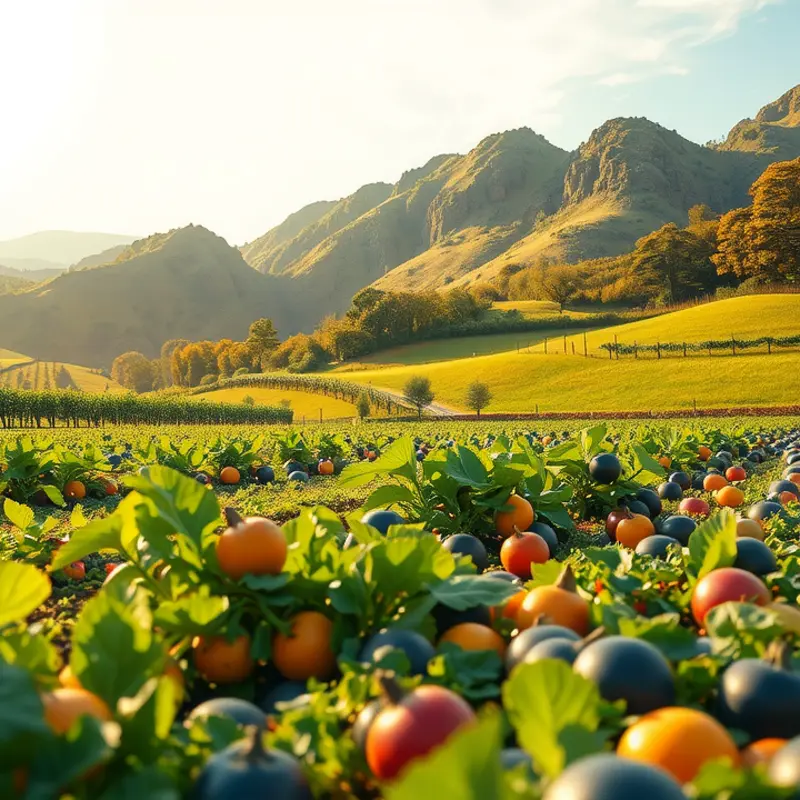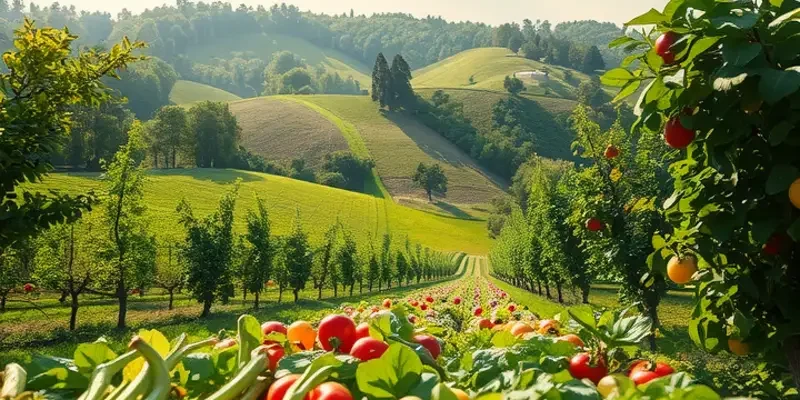Properly storing produce is essential for maximizing freshness and minimizing waste. Understanding the right techniques can help you enjoy fruits and vegetables longer. Simple practices when handling and storing food can create significant impacts on your household food management, leading to reduced waste and healthier eating habits. Whether you are an experienced chef or a busy parent, effective food storage can streamline your kitchen experience.
Understanding Produce Lifespan

Knowing the lifespan of your fruits and vegetables is key to minimizing waste and maximizing taste. Different types of produce have vastly different lifespans, which directly impacts how you should handle and store them.
Fruits like apples, lemons, and carrots are renowned for their longevity, often lasting weeks to even months under the right conditions. On the other hand, berries and bananas have a much shorter shelf life, requiring more attention to prevent spoilage.
Ethylene gas plays a crucial role in the aging process of produce. This naturally occurring plant hormone can speed up ripening and lead to premature spoilage. Some fruits, such as apples and bananas, emit high levels of ethylene, while others, like leafy greens, are more sensitive to it. To extend the freshness of ethylene-sensitive produce, store it separately from ethylene producers.
Creating the ideal storage environment involves controlling exposure to air, moisture, and temperature. Refrigeration helps prolong the freshness of items like leafy greens, cucumbers, and bell peppers. However, certain fruits like tomatoes and avocados prefer room temperature until they ripen, after which they should be moved to the refrigerator to extend shelf life. Potatoes and onions should be kept in a cool, dark, and dry place, away from each other to avoid sprouting.
Recognizing the signs of spoilage can prevent food waste. Common indicators include discoloration, soft spots, and a vinegar-like smell. For example, a fresh cucumber should feel firm and bright green, whereas a spoiled one becomes soft with yellowish patches. When in doubt, trust your senses to determine edibility.
For more advanced strategies on minimizing waste, consider exploring practical ingredient batching. This technique involves purchasing produce that complements each other, allowing for better rotation and usage. Learn more about this approach here.
Understanding these factors can significantly enhance your produce management at home, leading to smarter purchasing and a reduction in waste. Mastery of proper storage methods not only increases the lifespan of your fruits and vegetables but also enhances their taste and nutritional value.
Safe Storage Techniques for Longevity

Effective storage of produce ensures you enjoy fresh flavors and textures longer, minimizing waste. Managing the correct refrigerator and pantry environments plays a pivotal role.
Temperature Control: Set your fridge between 35°F and 40°F (1.6°C – 4.4°C) to slow spoilage without freezing produce. Keep your pantry cool and dry, ideally ranging from 50°F to 70°F (10°C – 21°C). Slower ripening conserves nutrients, keeping your produce tastier.
Plastic Bags and Containers: Proper use of plastic bags and containers can significantly impact freshness. Use perforated plastic bags or loosely closed containers to balance moisture and air for vegetables like leafy greens and herbs. Unlike sealed spaces, this setup prevents condensation and mold growth by allowing slight air circulation.
Ethylene Management: Separate ethylene-producing fruits such as apples, bananas, and tomatoes from ethylene-sensitive produce like leafy greens, berries, and bell peppers. Ethylene speeds up ripening and spoilage, undermining your efforts to maintain freshness. Utilize separate fridge compartments or containers to manage placement.
Simple Hacks: Wrapping the crown of bananas with plastic wrap or foil can slow down their ripening process. Meanwhile, keeping asparagus like cut flowers, in water with a loose plastic bag over them, prolongs their freshness. These hacks cater to specific needs, enhancing longevity without requiring extra tech.
Humidity Settings: Use crisper drawers strategically, as their humidity settings cater to different produce categories. Store vegetables requiring high humidity like carrots, broccoli, and cucumbers in the high-humidity drawer. Meanwhile, shelf-stable produce like onions and potatoes does best in a dry pantry environment.
Smart Organization Techniques: Organize your fridge with a first-in-first-out (FIFO) approach. Place older produce in more visible areas while newly purchased items go towards the back. This prevents freshness oversight and minimizes waste. Regularly check your pantry for forgotten items.
These strategies align with eco-friendly storage habits that reduce food waste and maximize production use. For a sustainable approach to kitchen operations, refer to eco-smart kitchen storage. Such practices ensure a holistic and energy-efficient storage system.
Understanding these nuanced storage techniques not only supports your household in reducing waste but fosters a better appreciation for fresh produce, making meal preparations more satisfying and enjoyable.
Final words
Extending the freshness of your produce is an achievable goal with the right methods and care. Understanding how various fruits and vegetables ripen and spoil enables you to make better purchasing choices. Safe storage not only prolongs the life of your produce but also minimizes waste, allowing you to enjoy healthy meals without the stress of spoiled food. By integrating these practices into your kitchen routine, you create a more efficient and sustainable approach to food management. Take these tips to heart, and you’ll notice a significant difference in your food experiences.







